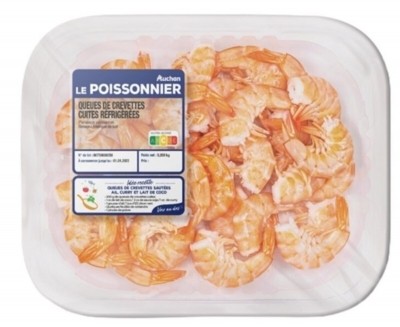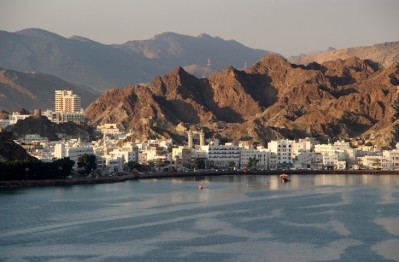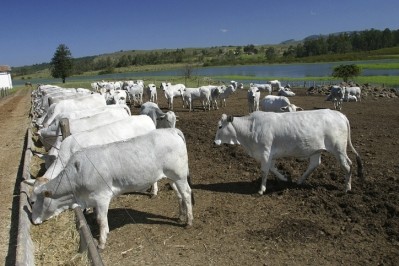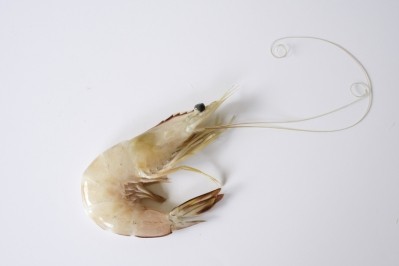Skretting opens new shrimp and fish feed facility in India
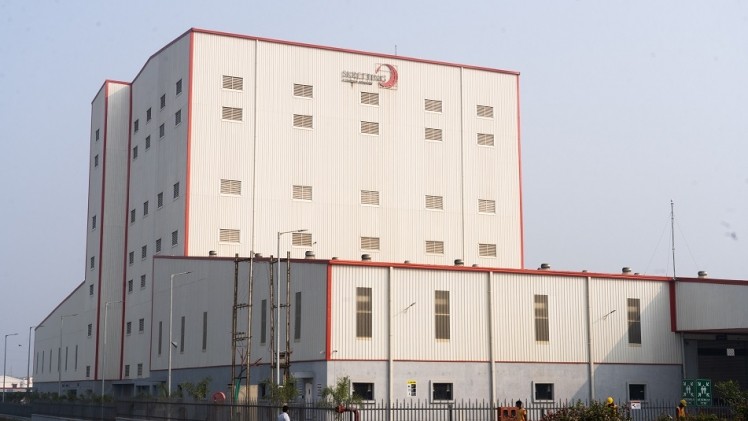
The facility will cater to domestic and export markets such as in Bangladesh, Sri Lanka, and countries in the Middle East. It has three production lines with a capacity of 50,000 metric tons per annum.
Spread over an area of 20,000 sq. m, the factory will cater to both shrimp farming, including the production of white tiger and black tiger species, and the farming of fish such as carps, and high-value fish like snakehead, seabass, and more.
The Mangrol plant is set up to produce both extruded and pelleted feed. There is also adequate land and infrastructure available to increase production capacity in the future, said the company.
We spoke to Saurabh Shekhar, general manager, Nutreco South Asia, to get a deeper dive on the development.
“This is Skretting’s first manufacturing facility in India. Trouw Nutrition’s plant in Jadcherla, Telangana was the first facility that Nutreco inaugurated in India, in 2020. Prior to the establishment of this new production facility, we were importing grower and nursery feed from Vietnam and hatchery feed from France.
“With our feed-farm-health integrated approach, we have also been manufacturing some of our aqua specialties through our local partnerships while importing other ranges to better serve the needs of local farmers. As part of this approach, our technical experts play a key role in deploying our services and supporting shrimp hatcheries, nurseries and farmers with management and nutrition.”
Investment outlay
Skretting has invested €18.5m in the building of this plant, which is in Gujrat Agro Mega Food Park, at Mangrol. “We also received a grant under the ministry of food processing industries (MOFPI) totaling €600K.”
When asked how typical it is for a Skretting facility to have both extruded and pelleted feed lines, Shekhar told us that although the majority of the company’s factories have exclusively extrusion or pelleting lines, having both type of aqua feed production technologies in the same factory is not unusual in terms of Skretting’s overall manufacturing footprint. “Besides the new factory in India, we have other factories in Africa and Asia with both extruders and pelletizers.”
Growth trajectory
He acknowledged that the last few years have been challenging for the Indian shrimp sector. “However, even when the annual growth rate of aquaculture has decreased from about 6% in 2000s to 2% in 2020s, the estimate growth rate for the Indian shrimp sector is still at 7-9% on average. We strongly believe that the shrimp sector is set to bounce back. The factory will also produce fish feed, including high value fish feed such as snakehead and seabass, an expanding segment.”
Shrimp production in India can be optimized, he continued, with the right technology and the right feed-farm-health approach. “We have seen a similar optimization happen in the poultry industry with the use of the right approach and tools. From our experience in Ecuador, where we have a leading position, we can see that our digital innovations such as Skretting 360+ and Aquasim are highly effective at supporting shrimp farmers to improve their efficiencies, optimize resources and improve productivity.”
Commentators argue that increasing domestic consumption of shrimp is key to the future vitality of the sector in India. Shekhar agrees. “We strongly believe that increasing domestic consumption can significantly benefit the industry."
In terms of where demand is coming from for carps, and high-value fish like snakehead, seabass, the Skretting representative said carp demand remains high in East Indian states of West Bengal and Odisha while high-value fish species are sought after in places like Kerala, Andhra Pradesh, and Tamil Nadu in South India.
